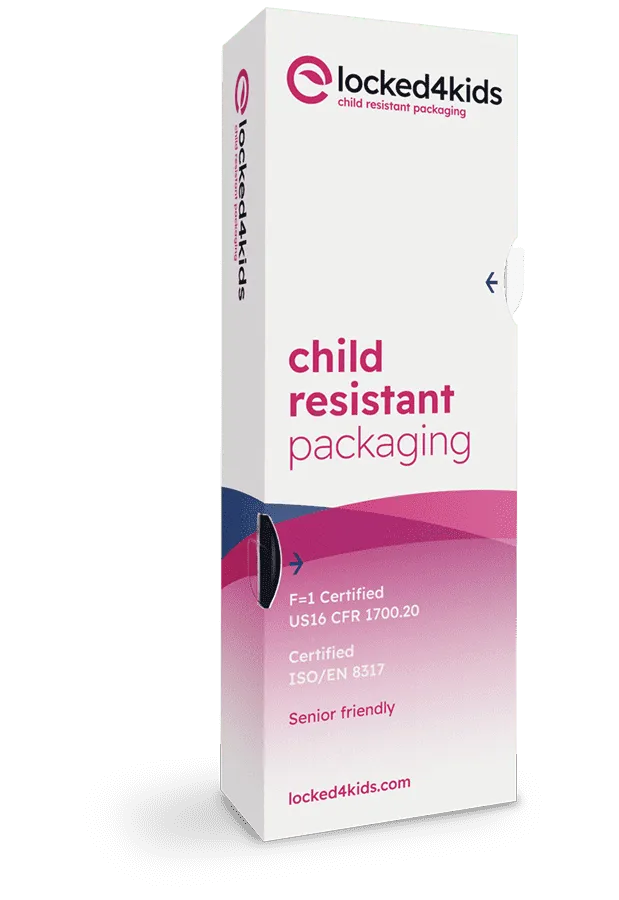
Other sealing techniques
Card-to-card
Heat seal card-to-card blister packaging is the combination of a fold-over, or separate front and back blister card and a transparent blister, bonded under heat and pressure. Together, blister and card form a beautiful, highly visible shelf presentation of your product. For the production of heat seal cards Ecobliss uses their proven, environmentally friendly water-based Ecoseal 9000 series coating. This coating is applied on state-of-the art inline or offline equipment. Large customers such as Sony and P&G have tested and approved the heat seal cards produced by Ecobliss and many millions of their blister cards are hanging on shelves around in the globe.
Card-to-plastic
This heat seal blister technology consists simply of a single piece of board and a blister, and is therefore very economical to produce. The board is coated with a layer of our proven, environmentally friendly, water-based HS9000 series seal coating. After adding a product, the blister can be bonded directly to one side of the card using heat and pressure. Depending on the market in which they are used, the blisters are typically made of PET or PVC. A range from very simple to highly automated heat seal blister packaging equipment is available to support the packaging process.
Plastic-to-plastic
Heat sealing of plastic-to-plastic (clamshell, printed blister, separate front and back blister) is done by bonding two parts of plastic together under the influence of heat and pressure. The package will pass through a patented heating and cooling station in order to achieve a perfect seal. Sealing at the heated station is automatic and is controlled by a PLC seal timer. A cooling station immediately following the the heated station, is used to flatten the package flange and fuse the two pieces of plastic together.
Expert in this field
This sounds easy, but for successful heat sealing of plastic-to-plastic it is of the utmost importance that the right type of plastic is used for making the blisters. Not all types of plastic are suitable for heat sealing, and depending on the design of the blisters, the tooling design is always a critical factor in getting the packaging process to run smoothly. Ecobliss is an expert in this field: both in the design and development of plastic-to-plastic blisters, in the choice of packaging equipment and in the gearing-up of production tooling.
HF/RF Sealing
The advantage of High Frequency sealing for blister packaging is the strength of the sealed flanges. The heat builds up evenly, in a very controlled way, from the inside of the plastic and the dosage of energy can be set very accurately. High Frequency sealing is also called Radio Frequency sealing. HF/RF sealing creates a bond that is equal or greater in strength than the material itself. The seal is consistent, nearly clear and uniform in appearance.
The principle of High Frequency sealing is based on electro-magnetic heating of non-conducting materials such as plastics. During the sealing process, the plastic layers are joined under light pressure between electrodes that are connected to a high frequency power generator. The molecules in the plastics start to vibrate and this vibration heats the plastic up to a temperature where the welding of the two layers takes place. The changing polarity of the HF waves passing through the plastic generates heat – just the right amount, very quickly. After the sealing cycle, the HF energy is shut off while the equipment holds the plastic sheets together for a very short time to cool under pressure.






